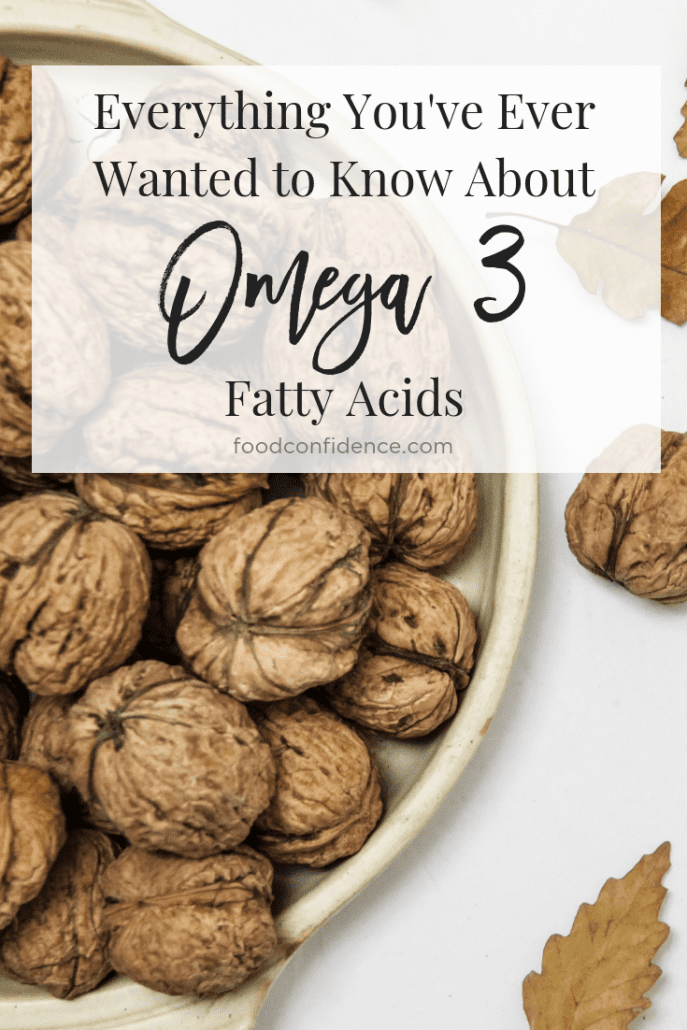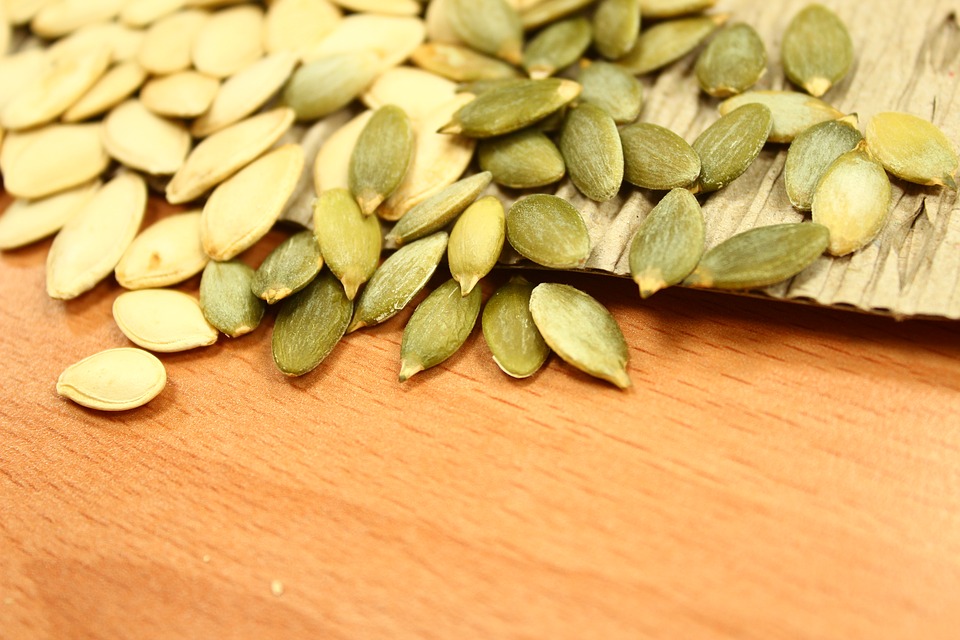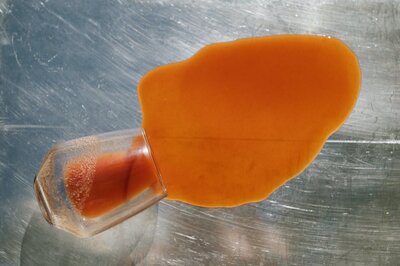

What are Omega 3 Fatty Acids?
You always hear about getting in your Omega 3 fats, but do you really know what those fats are and why you need them?
Let’s talk about it…
Long story short, omega 3 fatty acids are essential polyunsaturated fats.
An Omega 3 fatty acid is named as such because of its structure. Fatty acids are the building blocks of fats and they’re usually joined together in groups of three, forming a triglyceride. Triglycerides are made up of different fatty acid chains (just like proteins are made up of amino acids).
The fatty acid structure has two essential features:
A long hydrocarbon chain that ranges from 4 to 30 carbons, with 12-24 being the most common. The chain is typically linear, and usually contains an even number of carbons. One end of the chain contains a carboxylic acid group.
Along the fatty acid chain there are “double bonds” between carbon atoms. The position of this double bond from the carboxylic acid end determines its “omega” number. For omega-3, the double bond happens at the 3rd carbon. For omega-6, it happens at the 6th carbon.
The reason omega 3 (and omega 6) are considered essential fats is because your body can’t make them on its own… you have to get them from your diet.
The Three Main Types of Omega 3 Fatty Acids
There are three main types of omega 3’s: ALA (alpha linolenic acid), EPA (eicosapentaenoic acid) and DHA (docosahexaenoic acid).
The most common of the three is ALA. ALA is not active in the body so it has to be converted into the active forms, EPA and DHA. Unfortunately, the conversion process from ALA to EPA/DHA is pretty darn inefficient for most people. In other words, your body doesn’t do a great job of doing this.
EPA supports your body in a ton of different ways. Getting enough EPA is super important for brain health and decreasing inflammation. Like ALA, EPA can also be converted to DHA.
DHA plays a particularly large role in supporting nerve cells in your brain and eyes. You can typically find EPA and DHA in animals products like fatty fish, meat, eggs, and some dairy products. Unfortunately, plant sources of EPA and DHA are few and far between. If you’re in need of a plant-based source, you can pick up a microalgae supplement like this one.
Health Benefits of Omega 3 Fatty Acids
I know, I know… that was a lot to digest. I’m sure you’ve been waiting to read why the heck you should be eating these omega 3s, right? Well, there are actually a boatload of benefits associated with getting in your omega 3s:
- Omega 3s can reduce inflammation in the body by reducing the production of some of the substances produced by your body’s inflammatory response.
- Omega 3s, especially EPA, can help prevent and treat mental conditions like depression and anxiety.
- DHA supports the retinas in your eyes and can prevent vision problems.
- Getting in enough omega 3s during pregnancy can help improve your child’s brain development.
- Omega 3s support heart health in some major ways! They can reduce triglycerides and blood pressure, increase HDL (“good”) cholesterol, and help prevent plaque build up in your arteries.
- Getting in enough omega 3s can help your body fight off autoimmune diseases like rheumatoid arthritis and Type 1 Diabetes.
- Omega 3s support bone and joint health and can prevent osteoporosis and arthritis.
This list isn’t exhaustive by any means, but it’s pretty impressive, right?
5 Foods That Are High in Omega 3 Fatty Acids
Okay, now I’ve got you convinced that omega 3s are the best things ever. So where can you find them? And how much do you need?
The average male 14 years or older needs 1.6g/day while the average woman of the same age only needs 1.1 g/day.
Below are just a few of the places you can find a pretty significant amount of omega 3s:
Fatty Fish
Fatty fish like mackerel (4.1 g/3.5 oz serving) and salmon (4.0 g/ 3.5 oz serving) are great sources of omega 3s! Imagine, if you could simply incorporate a fatty fish into your meal rotation a few nights per week, you’d be sure to get in enough omega 3s! This salad is great for a quick and easy dinner. This sheet pan salmon is also delish and this salmon lettuce wrap is one of my favorites!

Walnuts
Keeping walnuts around the house is an easy way to sneak in some omega 3s throughout the day. One ounce (about 7 walnuts) has 2.5 g of omega 3s. Next time you’re feeling a little hungry in the afternoon, grab a small handful of walnuts! They’re also easy to throw onto salads or roasted veggies, like I did here.


Chia and Flax Seeds
Chia seeds and flax seeds might be tiny, but they’re packed with omega 3s! Mix in a tablespoon or two of flax seeds (2.3 g/tbsp) or chia seeds (2.4 g/tbsp) into your morning oatmeal or afternoon yogurt. Or try this chia seed pudding.

Pumpkin Seeds
Pumpkins seeds are a good source of omega 3s and one of my favorite salad and Buddha bowl toppers. I also love to use them as a coating for fish. This pumpkin seed crusted salmon recipe is delicious. Choose raw pumpkin seeds and roast them up yourself for a tasty snack.

Soybeans
Dry roasted soybeans are a super simple (and cheap) way to sneak in 1.2 g of omega 3s! Plus, they make a great snack!
![]()
![]()
The Takeaway
Long story short, omega 3 fatty acids are essential polyunsaturated fats. There are three main types of omega 3’s: ALA (alpha linolenic acid), EPA (eicosapentaenoic acid) and DHA (docosahexaenoic acid).
There are an array of amazing benefits associated with getting in your omega 3s – from reducing inflammation to improving heart and brain health.




